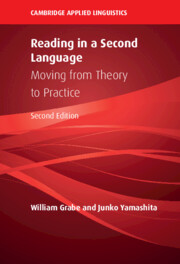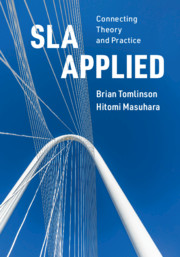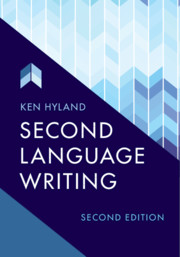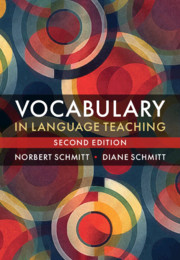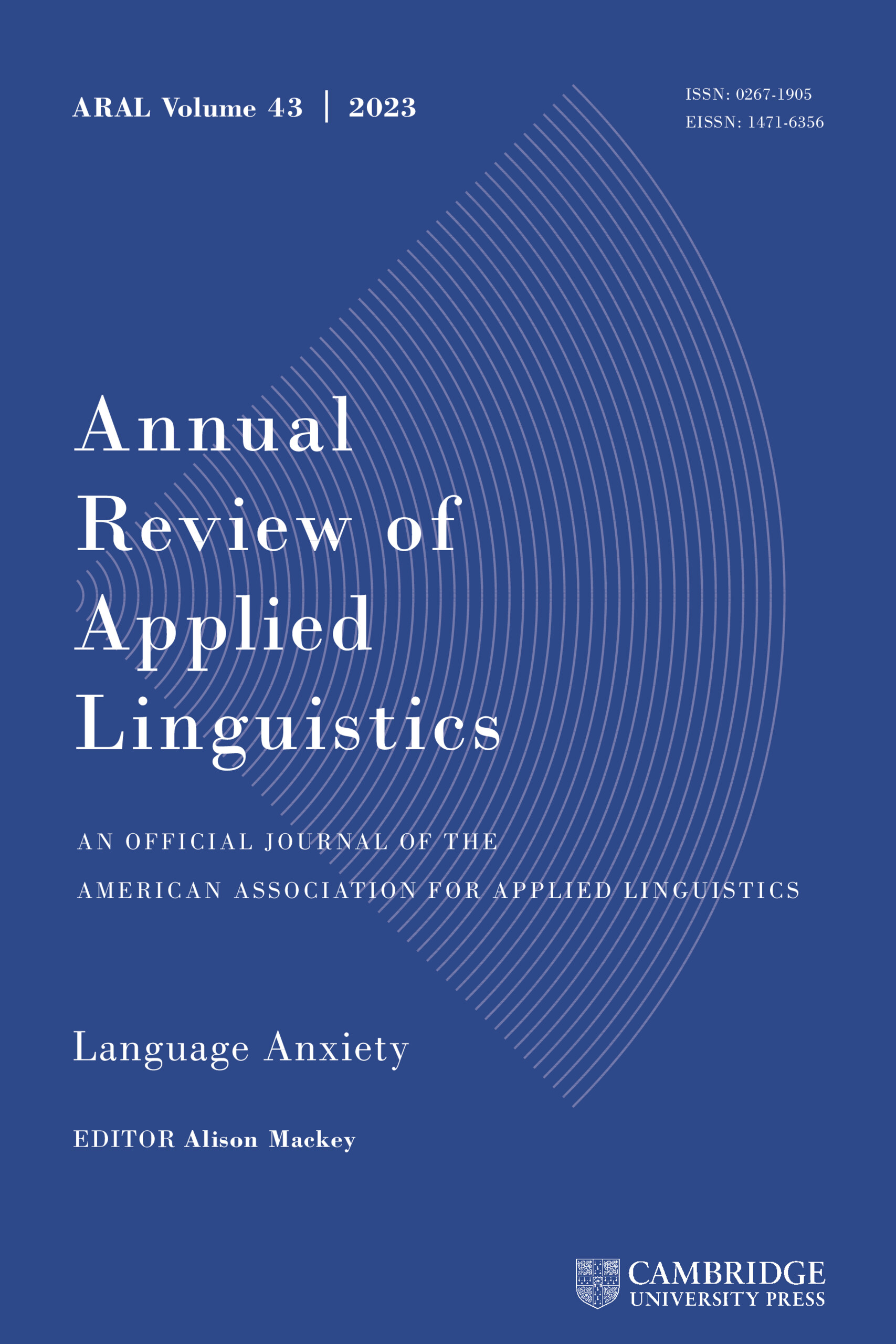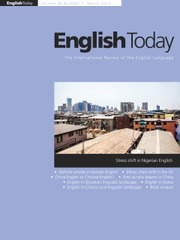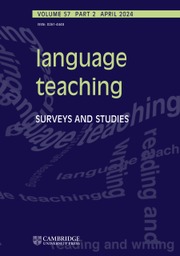Reading in a Second Language
Understanding reading abilities and their development is fundamental for language comprehension and human cognition. Now in its second edition, this book draws on research from multiple disciplines to explain reading abilities in both L1 and L2, and shows how this research can be applied in practice in order to support reading development. Research into reading has progressed a great deal since the first edition was published, so this edition has been completely updated and revised, in order to reflect these advances. All chapters present updated research studies, and completely new chapters are included on the neurocognition of reading, reading-writing relationships, and digital reading. If you want to know how reading works, no matter the language(s) involved, as well as how it can be taught effectively, this book provides a persuasive research foundation and many practical insights. It is essential reading for academic researchers and students in Applied Linguistics and TESOL.
- Provides a cross-disciplinary examination of both L1 and L2 reading abilities and their development
- Treats reading research in depth, and links this research to instructional practices and outcomes
- Covers both well-established topics in depth and brings in new topics relevant to academic reading abilities
Product details
September 2022Hardback
9781108840101
500 pages
235 × 158 × 38 mm
1.03kg
Available
Table of Contents
- Preface
- Part I. Foundations of Reading:
- 1. The nature of reading: Defining reading
- 2. How reading works: Building blocks of fluency and comprehension
- 3. How reading works: comprehension processes
- 4. Cognitive issues in reading
- 5. Neurocognitive processes and reading ability
- 6. Explaining reading comprehension: Models of reading
- Part II. Patterns of Variation in Reading:
- 7. Reading in different languages
- 8. L1 and L2 reading relationships
- 9. Social contexts of reading
- 10. Motivation for reading
- Part III. Developing Reading Comprehension Abilities:
- 11. Vocabulary and reading comprehension
- 12. Building main idea comprehension: syntax and strategies
- 13. Becoming a strategic reader
- 14. Building awareness of discourse structure
- Part IV. Expanding Reading Comprehension Skills:
- 15. Reading to learn and reading/writing relationships
- 16. Reading in digital contexts
- 17. Reading fluency, reading rate, and comprehension
- 18. Extensive reading
- Part V. Applications of Reading Research: Instruction and Assessment
- 19. Reading curriculum and instruction
- 20. Reading assessment
- References
- Indexes.

